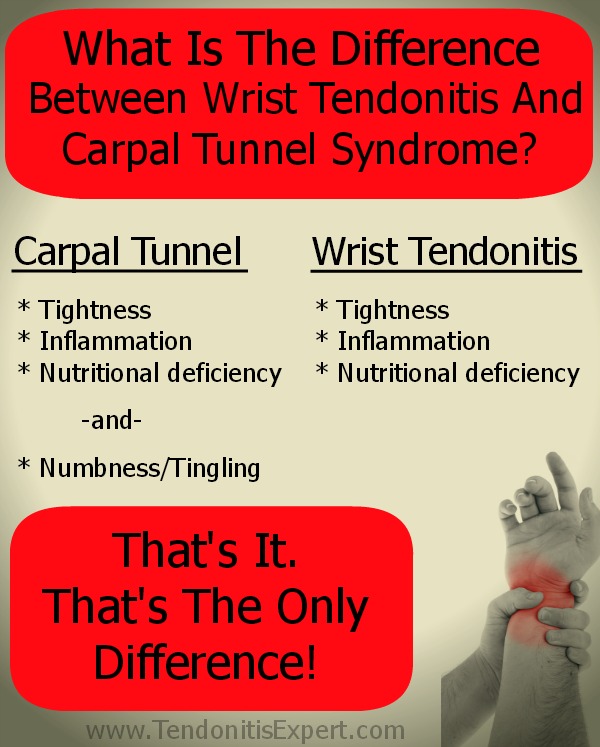Advice On Time Between Ice Dips For Tendonitis ?
Lets say a patient is ice dipping, using your super icing in a bucket method.
What is the time you suggest between dipping?
Is it best to let foot warm up totally between dips?
----
Joshua Answers:
The reason ice works, in general, is because cold causes all the muscle that wrap arteries large and tiny to contract.
This contraction helps push fluid out of the area, like squeezing a sponge.
Like a sponge squeezing itself, more accurately.
So the amount of time depends a little bit on each person. A safe amount of time is 5 minutes between dips.
This gives the body time to overcompensate for the cold and push lots of new blood into the area.
You can certainly do more than 5 minutes, and you can do less, but you want to pay attention and make sure that your body has time to do its part to push a lot of new circulation/blood to the area.
----------------------
Please reply using the comment link below. Do not submit a new submission to answer/reply, it's too hard for me to find where it's supposed to go.
And, comments have a 3,000 character limit so you may have to comment twice.
-----------------------

Joshua Tucker, B.A., C.M.T.
The Tendonitis Expert
www.TendonitisExpert.com
| |
| Share Your Story |
Comments for Advice On Time Between Ice Dips For Tendonitis ?
|
||
|
||
|
||
|
||











